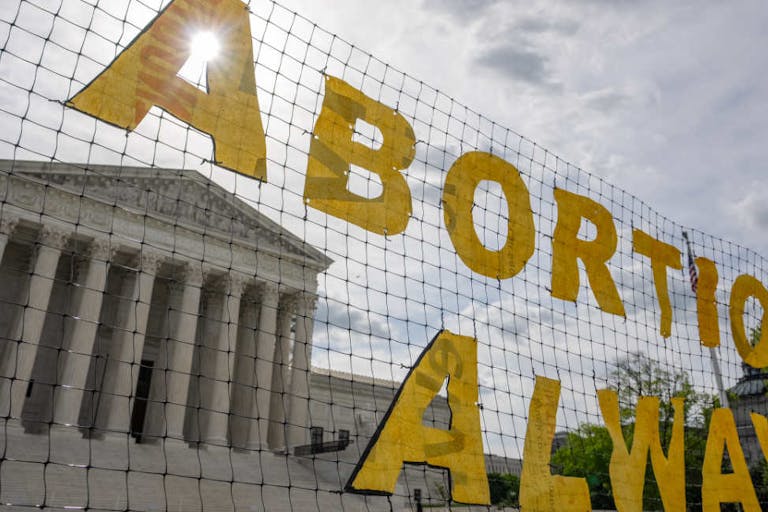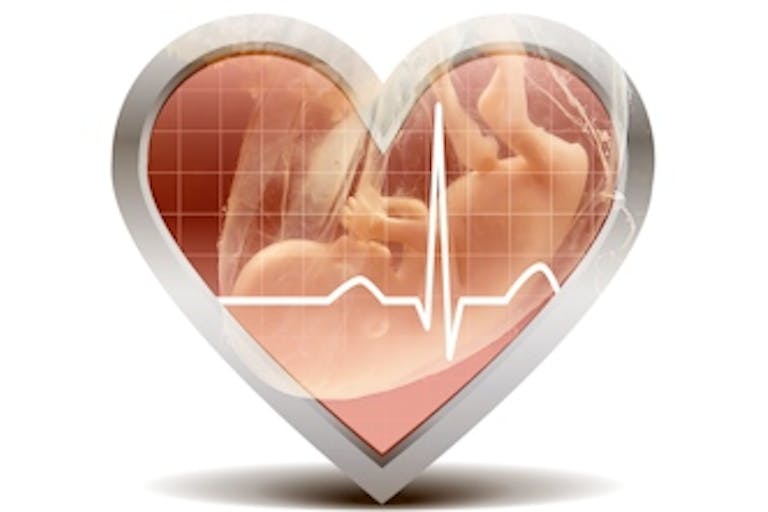
A growing number of Americans call themselves ‘pro-choice’ – but what’s really behind it?
Nancy Flanders
·
Issues·By Catherine Livingston, PhD
Research shows “marked decrease” in Texas abortions
This week a peer-reviewed study in the journal Contraception examines the effects of HB2, the Texas abortion law that has resulted in a close in clinics for not meeting medical and safety standards for women. The article, entitled, “Change in abortion services after implementation of a restrictive law in Texas,” sought data from abortions at all gestational ages from all Texas abortion clinics between November 2012 and April 2014.
Earlier this year, the authors of the study estimated that Texas would see a 10-15% reduction in abortions from the law. The study, recently completed and in press now, shows that the abortion decline has been 13%, a dramatic reduction with the implementation of some safety laws.
“In 2013, Texas passed omnibus legislation restricting abortion services. Provisions restricting medical abortion, banning most procedures after 20 weeks and requiring physicians to have hospital admitting privileges were enforced in November 2013; by September 2014, abortion facilities must meet the requirements of ambulatory surgical centers (ASCs).”
The results they found reveal what both pro-lifers have hoped and the abortion industry has feared:
“In May 2013, there were 41 facilities providing abortion in Texas; this decreased to 22 in November 2013. Both clinics closed in the Rio Grande Valley, and all but one closed in West Texas. Comparing November 2012-April 2013 to November 2013-April 2014, there was a 13% decrease in the abortion rate…. Medical abortion decreased by 70%, from 28.1% of all abortions in the earlier period to 9.7% after November 2013…. Second-trimester abortion increased from 13.5% to 13.9% of all abortions…. Only 22% of abortions were performed in the state’s six ASCs.”
A report in the Dallas Morning News this week noted:
“The Texas Policy Evaluation Project, a group opposed to the abortion law passed last summer by the Texas Legislature, concluded that about 9,200 fewer abortions occurred in the last year primarily because of House Bill 2.”
One of the largest abortion declines in Texas has been with the abortion pill. The paper reports there has been a 70% drop in medication abortions, even as there has been a rise nationally. One of the authors of the research study said,
“Some women really prefer to have a medical abortion. They see it as something more private; they don’t want to have an invasive surgical procedure. Given the new restrictions in Texas, fewer women are eligible for that, and fewer clinics are offering medical abortions.”
Abortion supporters say that women are simply leaving the state for abortions and argue that the laws do not improve patient safety; however, abortion opponents argue that the baby’s safety is certainly increased, and that’s what matters most.
Article continues below
Dear Reader,
Have you ever wanted to share the miracle of human development with little ones? Live Action is proud to present the "Baby Olivia" board book, which presents the content of Live Action's "Baby Olivia" fetal development video in a fun, new format. It's perfect for helping little minds understand the complex and beautiful process of human development in the womb.
Receive our brand new Baby Olivia board book when you give a one-time gift of $30 or more (or begin a new monthly gift of $15 or more).
The law will take on its latest provision in September when the final aspect of the last goes into effect in Texas; it requires all abortion facilities meet the same safety standards as any other surgical center.
The Dallas Morning News report notes:
“Either way, researchers predict that new requirement will result in more than 750,000 Texas women of reproductive age living farther than 200 miles from an abortion clinic.
“That diminished access to abortions, combined with 2011 cuts to family planning spending, is likely to lead to more unintended births, critics of the law said.
“Currently, there are only six abortion clinics that meet those more stringent requirements, all located in the state’s largest cities.”
Researchers conclude there is a “marked decrease” in the number of abortions in Texas and the new laws “appear to be associated” with this decline.
Ultimately researchers concluded:
“Supply-side restrictions on abortion—especially restrictions on medical abortion—can have a profound impact on access to services. Access to abortion care will become even further restricted in Texas when the ASC requirement goes into effect in 2014.”
Many argue that laws can’t really change a culture, but in Texas, even abortion supporters will tell you it has. Whether that cultural change is welcome or not is a matter of opinion, but the fact that 13% of babies that were appointed to die may not have if the parents didn’t travel out of state at least, shows that laws change lives–or at least allow lives to exist.
Live Action News is pro-life news and commentary from a pro-life perspective.
Contact editor@liveaction.org for questions, corrections, or if you are seeking permission to reprint any Live Action News content.
Guest Articles: To submit a guest article to Live Action News, email editor@liveaction.org with an attached Word document of 800-1000 words. Please also attach any photos relevant to your submission if applicable. If your submission is accepted for publication, you will be notified within three weeks. Guest articles are not compensated (see our Open License Agreement). Thank you for your interest in Live Action News!

Nancy Flanders
·
Issues
Nancy Flanders
·
Politics
Bridget Sielicki
·
Issues
Sheena Rodriguez
·
Guest Column
Right to Life UK
·
Issues
Bridget Sielicki
·
Human Interest
Catherine Livingston, PhD
·
International
Catherine Livingston, PhD
·
Newsbreak
Catherine Livingston, PhD
·
Human Interest
Catherine Livingston, PhD
·
Human Interest
Catherine Livingston, PhD
·